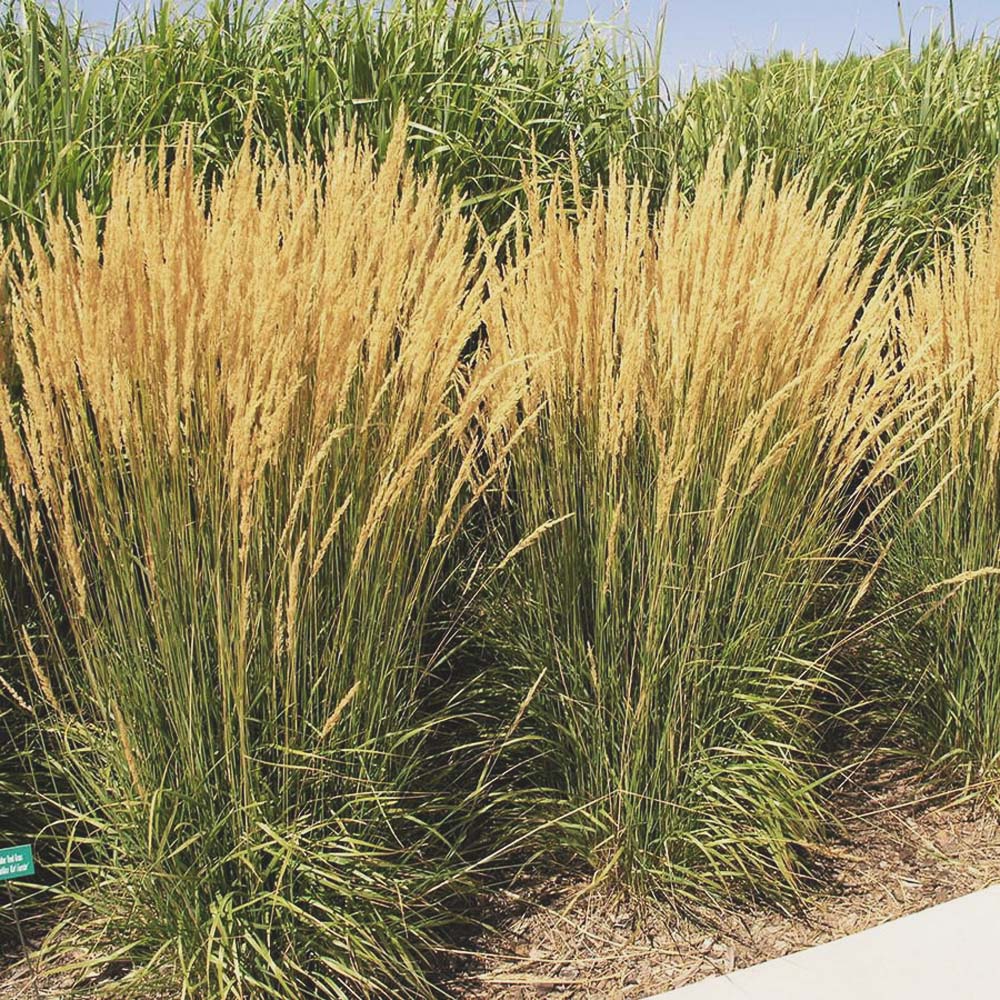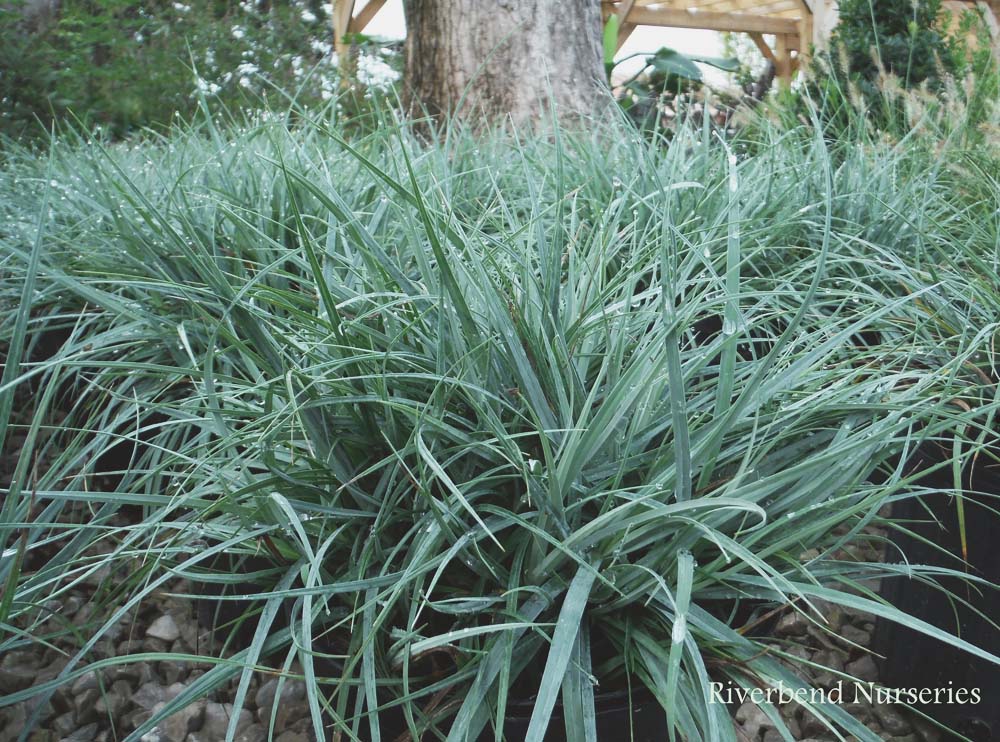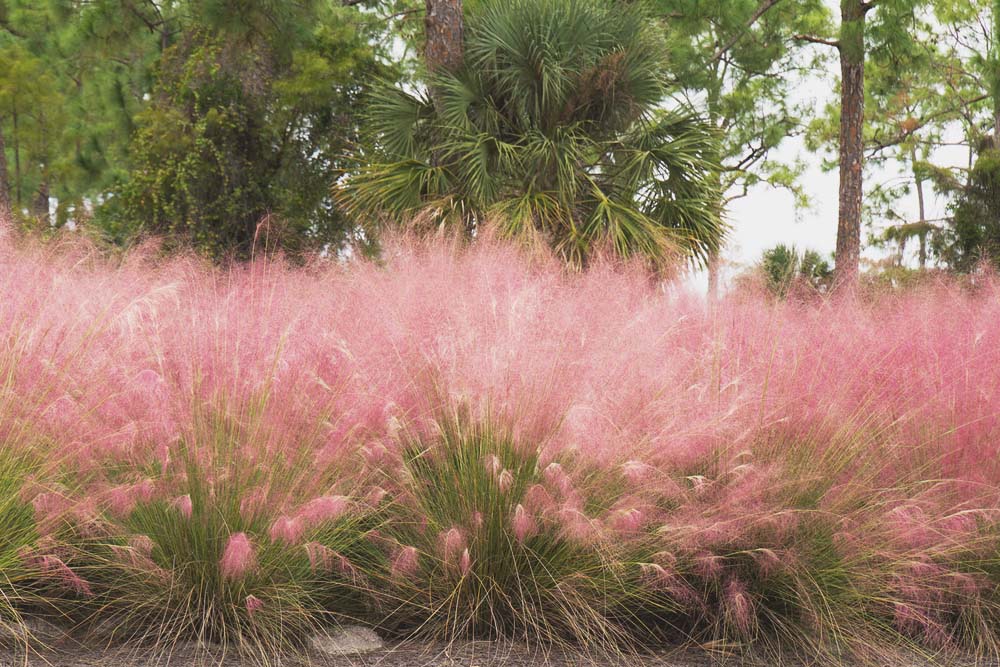Grasses and grass-like plants are a great way to add texture and movement to your designs. The following selections provide variety in size and color. These grasses generally perform well in the Bay Area:
Calamagrostis x acutifolia “Karl Foerester”
Reed Grass
You can expect this selection to get three feet tall and wide, with summer blooms reaching six feet. The seed heads mature to a nice wheat color and can persist well into the winter, giving it many months of interest. You’ll want to cut it back once per year before new growth begins.
Lomandra species
Mat Rush
Here’s another selection that is not actually a grass. This drought tolerant Australian native mimics the look of a bunch grass without many of the downsides. Unlike most grasses, many Lomandra cultivars maintain their green color throughout the year and don’t need to be cut back. One of the most useful selections is ‘Breeze’.
Miscanthus sinensis “Gold bar”
Silver Grass
This grass has a very unique variegation pattern that is perpendicular to the leaf blades. It performs better in mild climates and grows four feet tall and only two feet wide. You can expect showy flowers from summer into winter, typical of the Miscanthus genus. You’ll want to cut it back once per year before new growth begins.
Leymus condensatus “Canyon Prince”
Lyme Grass
Use this southern California native for a splash of blue. It grows up to 4’ tall and spreads slowly by rhizomes. The Canyon Prince variety is much smaller than the species making it more appropriate for commercial and residential landscapes. It is also useful in low spots or storm water planting zones where you expect more periodic moisture to accumulate.
Stipa gigantea
Giant feather grass
This grass grows to about three feet tall and wide with thin arching leaves. It gives way to six foot tall airy flowers in the summer that shine in sunlight. Cut back in late winter. This grass is effective in the back of a mixed planting. Similar to the Pink Muhly, plant in groups to maximize the impact of the flowers.
Article written by Erik Gellerman
Please Share & Follow Us







